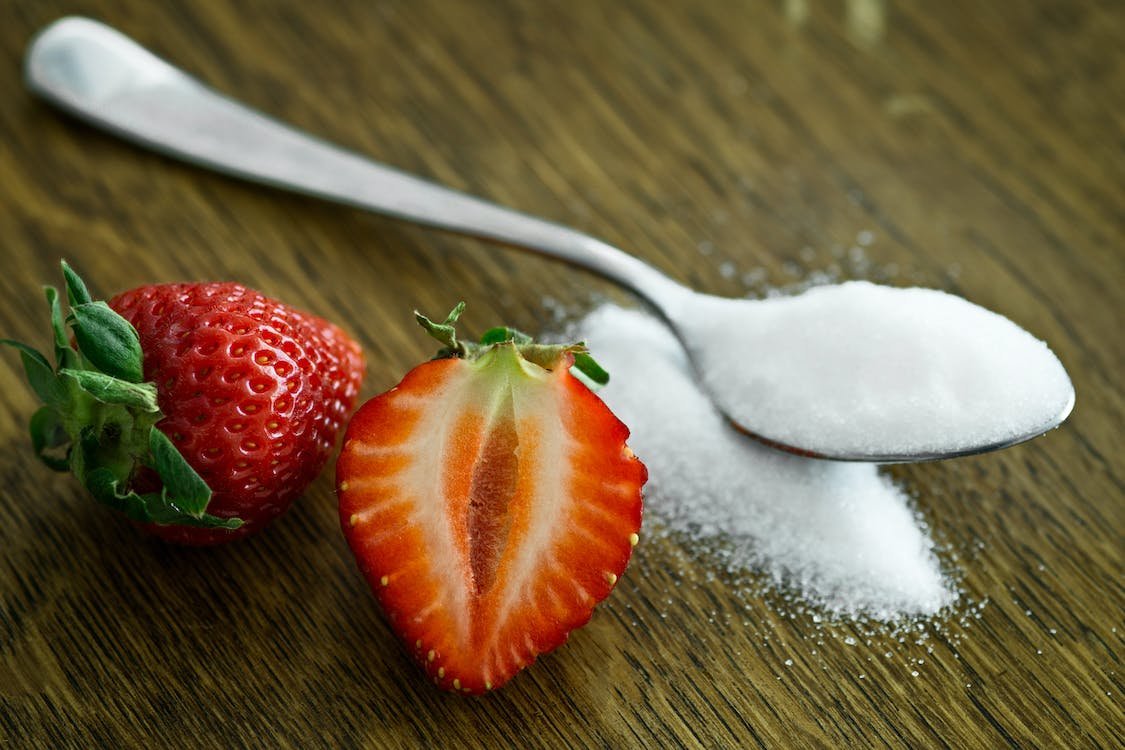Good and Bad Foods
Our team was on the road for an away game that was 6 hours away. The bus stopped halfway to give the team a chance to stretch their legs, use the restroom, and get some snacks at the gas station. Given the staff’s goal of developing elite athletes, the players were guided to make healthy snack selections. The first nutrients they were instructed to look for were protein and sugar. While this is probably a good starting point for a young group, it is a bit misleading.
Sugar has recently developed an extremely negative connotation. It has been demonized all over social media. Is this justified? Is sugar truly that bad for us? The answer — like most things in sports medicine — it depends. Sure, we all know that excess sugar in the diet can lead to health concerns such as obesity, diabetes, and heart issues. But most of the research on sugar in the diet fails to differentiate between the various types of sugars. Is the sugar in an apple the same as the sugar in a gummy bear? Check out the nutrition labels. A large apple has 130 calories and 25 grams of sugars. That is more calories and sugar than a serving of gummy bears — 100 and 14 respectively. So, are the gummy bears better for you?
As a general rule of nutrition, I avoid using the labels good and bad. There is enough evidence within nutritional psychology that this creates unhealthy relationships with food. Check out one of my favorite health coaches, Sohee Carpenter, to learn more about labeling food. Rather, I use terms like purpose and service. In my general nutrition guide, I break down the purpose of various nutrients. Protein is the building block of the body. Carbohydrates give us energy to sustain life and movement. Fats are rich stores of vitamins that keep pour body functioning. So, is an apple better than a bag of gummy bears? That depends on what purpose and service you are looking for. If your goal is to eat something delicious and to satisfy your cravings, the gummy bears probably serve that purpose better than an apple. However, if your goal is to lose weight by consuming nutrient dense foods that provide your body with everything it needs to operate efficiently, the apple is likely the winner.
Changing the thought process around food from good and bad to purpose and service can simplify decision making and remove the stigma around certain foods. Athletes shouldn’t feel guilty about craving ‘junk food’. One cookie every once in a while isn’t going to prevent anyone from becoming elite. Enjoying a slice of cake is not going to take your potential from pro to high school. That being said, our bodies are the sum of our habits. If we eat mostly junk food and the occasional nutrient dense food, our potential may be impacted. If you are aiming to become an elite athlete, consider the purpose of your food selection. This subtle nuance can significantly influence your relationship with food.



By using these recovery techniques, individuals can facilitate positive adaptation to stress and continue to improve their performance in sports and training. Remember, recovery is just as important as the actual training itself; without recovery, performance and health will decline.